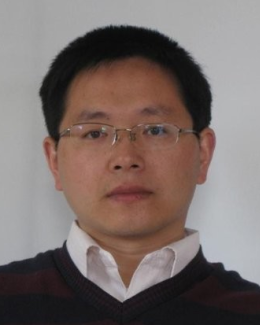Abstract
In-situ and operando measurements are done to gain a better understanding of the precipitation mechanisms during charge and discharge in lithium sulfur batteries. A carbon felt networked with microfibers consisting of pores, 2 nm and smaller, is used as a freestanding sulfur host. Three different methods of sulfur infiltration are explored in order to determine the best one to fill most of the pores. It was identified to be a melt infiltration method in a vacuum oven, where the pores including the ultra-micropores, are successfully filled. In-situ electrochemical impedance spectroscopy measurements show a solid product formation occurring at the sulfur cathode, both during the high voltage plateau and at the end of discharge. In a 3-electrode EIS measurement, a similar solid product formation on the Li counter electrode due to its reaction with polysulfides is also observed. Operando small angle neutron scattering measurements show the solid product formation, in the carbon, both near the beginning and at the end of discharge, confirming the precipitation data via contrast changes as a function of charge and discharge. It is shown that Li2S precipitates in the pores at the beginning and the end of discharge, whereas S8 precipitates on the surface of the carbon felt. This lithium sulfur system shows both the quasi-solid-state and the solid-liquid-solid reactions in a typical ethereal electrolyte solution with a two-plateau discharge profile.






